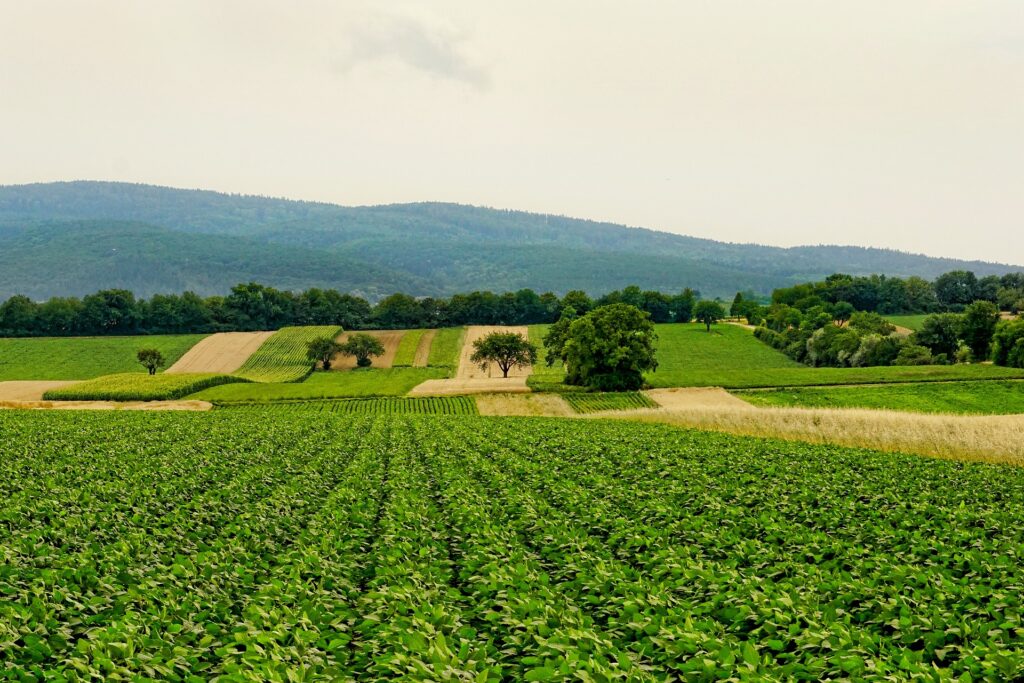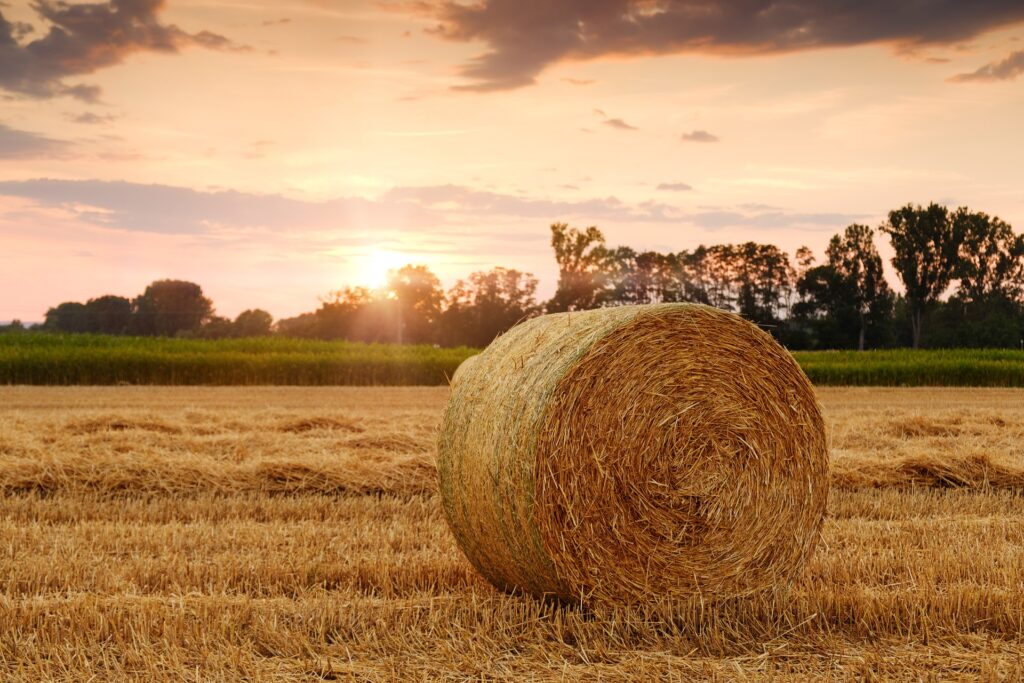Carbon farming is an innovative approach to agriculture that aims to reduce greenhouse gas emissions and enhance carbon sequestration in the soil. As concerns about climate change intensify, carbon farming has emerged as a crucial strategy for promoting environmental sustainability while maintaining agricultural productivity. In India, where agriculture plays a significant role in the economy and environment, carbon farming offers a promising path towards a greener future.
What is Carbon Farming?
Carbon farming refers to a set of agricultural practices designed to capture and store carbon dioxide (CO₂) from the atmosphere in soil and vegetation. The goal is to increase the amount of carbon sequestered in the soil, thereby reducing the overall concentration of CO₂ in the atmosphere. This not only helps mitigate climate change but also improves soil health and fertility.

Key Practices in Carbon Farming
Cover Cropping: Growing cover crops, such as legumes or grasses, during the off-season helps protect the soil from erosion and improves its structure. Cover crops capture carbon dioxide from the atmosphere through photosynthesis and store it in the soil as organic matter.
No-Till Farming: This practice involves minimizing soil disturbance by avoiding plowing or tilling. No-till farming helps preserve soil organic matter, reduces erosion, and enhances carbon sequestration by keeping carbon stored in the soil.
Crop Rotation: Rotating different crops in a field over time improves soil health and biodiversity. Crop rotation helps in reducing pest and disease pressure, enhancing soil structure, and increasing carbon storage.
Agroforestry: Integrating trees and shrubs into agricultural landscapes, known as agroforestry, provides additional carbon sequestration opportunities. Trees absorb CO₂ through photosynthesis and contribute to soil fertility through leaf litter.
Organic Farming: Organic farming practices, such as using compost and green manure, enhance soil organic matter and promote carbon sequestration. Organic inputs improve soil health and increase the soil’s ability to store carbon.
Managed Grazing: This involves carefully managing livestock grazing patterns to prevent overgrazing and improve pasture health. Properly managed grazing helps in maintaining soil cover and promotes carbon sequestration in grasslands.

Benefits of Carbon Farming
Climate Change Mitigation: By capturing and storing carbon dioxide, carbon farming helps mitigate climate change. It reduces the concentration of greenhouse gases in the atmosphere, contributing to global efforts to combat climate change.
Improved Soil Health: Carbon farming practices enhance soil structure, fertility, and water retention. Healthier soils lead to better crop yields and reduced need for synthetic fertilizers and pesticides.
Increased Biodiversity: Practices like agroforestry and cover cropping promote biodiversity by creating diverse habitats and supporting a range of plant and animal species.
Economic Benefits: Carbon farming can lead to cost savings for farmers by reducing the need for chemical inputs and improving soil productivity. Additionally, farmers may benefit from carbon credits and incentives for adopting sustainable practices.
Resilience to Climate Extremes: Improved soil health and organic matter enhance the resilience of farming systems to extreme weather events, such as droughts and heavy rains.

Challenges in Implementing Carbon Farming
Initial Costs: Adopting carbon farming practices may require an initial investment in new equipment or inputs. Farmers need financial support and incentives to overcome these upfront costs.
Knowledge and Training: Effective carbon farming requires knowledge of best practices and techniques. Training and extension services are essential for equipping farmers with the necessary skills and information.
Measurement and Verification: Accurately measuring and verifying carbon sequestration can be complex. Developing reliable methodologies and monitoring systems is crucial for ensuring the effectiveness of carbon farming efforts.
Policy and Incentives: Supportive policies and incentives are needed to encourage widespread adoption of carbon farming. Governments and organizations must provide clear guidelines and financial mechanisms to support farmers.

Government Initiatives and Support
The Indian government has recognized the importance of sustainable agriculture and carbon farming. Various programs and initiatives aim to support farmers in adopting climate-smart practices:
National Mission for Sustainable Agriculture (NMSA): This mission promotes sustainable agricultural practices, including those that enhance carbon sequestration and soil health.
Soil Health Management Scheme: This scheme provides financial support for soil testing and the use of organic fertilizers, which contribute to carbon sequestration.
Pradhan Mantri Krishi Sinchai Yojana (PMKSY): This initiative focuses on improving irrigation efficiency and water management, which indirectly supports sustainable farming practices.

The Future of Carbon Farming in India
Carbon farming holds significant potential for enhancing sustainability and resilience in Indian agriculture. With continued research, support, and adoption, carbon farming can play a pivotal role in addressing climate change while improving agricultural productivity and soil health.

Conclusion
Carbon farming represents a forward-thinking approach to agriculture that aligns environmental stewardship with productive farming. By capturing carbon dioxide and enhancing soil health, carbon farming offers a pathway to a more sustainable and resilient agricultural system in India. Embracing and expanding these practices will be crucial in meeting the challenges of climate change and ensuring a sustainable future for agriculture.